Phlegm is a common symptom associated with upper respiratory infections such as colds. While it isn’t a serious health problem by itself, it can lead to irritation or clogging of the bronchial tubes if not treated in time and that can lead to a secondary upper respiratory infection. In most cases, you can tell you have phlegm by the constant need to clear your throat, a runny nose, trouble breathing, a constant cough, feeling weak, or sometimes a fever. Phlegm can seem like a never-ending issue, but it is possible to get rid of phlegm once and for all with some measures.
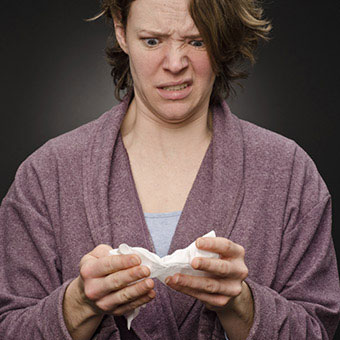
How to Get Rid of Phlegm
1. Mix Lemon and Honey
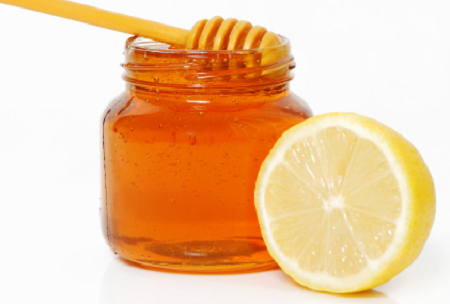
Honey has antifungal, antiviral, and antibacterial properties that help calm your irritated respiratory tract while lemon contains vitamin C, a substance that boosts your immune system as well as clears congestion.
To take advantage of this combination, combine two tablespoons lemon juice with a tablespoon honey and stir it well. Drink this right after mixing, repeating three times every day.
2. Try Ginger

Ginger can be a natural decongestant as well as antihistamine in addition to its expectorant, antibacterial, and antiviral properties. Because of this, it soothes congestion in the throat and chest by drying the excessive mucus while stimulating buildup elimination.
To get the benefits, drink ginger tea a couple of times a day or chew on three or four slices of raw ginger.
- Make your own tea/infusion by simmering two cups of water; then adding 6 to 7 pieces of ginger and a teaspoon black peppercorns (to fight infection).
- Cover it, let it boil a minute, and then lower heat so it simmers 5 or 7 minutes until pale yellow.
- Strain and add in a tablespoon of honey. Sip this tea two or three times each day.
3. Use Apple Cider Vinegar
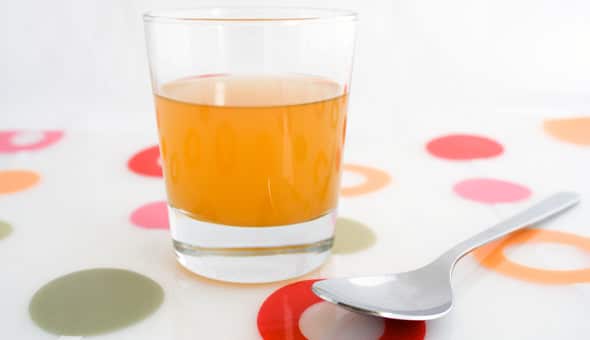
Drinking apple cider vinegar will alkalize your body, helping with its pH balance and therefore preventing your body from producing excessive amounts of mucus.
Just add a tablespoon unfiltered and raw apple cider vinegar to a cup of water, mixing well. Gargle it for relief or drink it two or three times each day as a method of how to get rid of phlegm.
4. Take Advantage of Turmeric

Turmeric’s active compound, curcumin, contains powerful medicinal properties as well as the ability to destroy bacteria responsible for symptoms.
Take a full glass of warm water and add a tablespoon of turmeric along with a half teaspoon of salt (for its antibacterial properties), stirring. Gargle this solution three or four times each day to experience loosened mucus and reduced phlegm.
5. Breathe in Steam

Breathing in steam can loosen phlegm and mucus in your throat and provide instant relief. Inhaling it like this lets the vapors travel through your throat, loosening the mucus.
To make it even more effective, infuse the water with some herbs. Try mixing four or five cups of boiling hot water with half a teaspoon each of thyme and dried rosemary which reduce excess mucus and have antiseptic properties, respectively. Lean over the bowl and place a towel on top of your head so the steam goes right into your face. Do this three or four times daily. Alternatively, just take a very hot shower and inhale the steam.
6. Get Enough Liquids
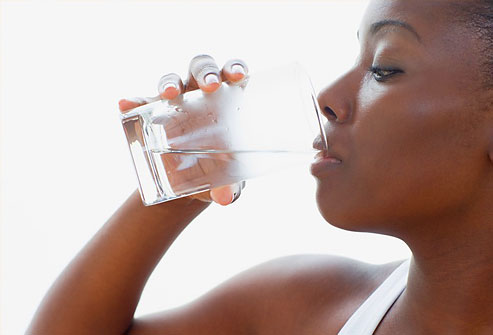
Another way of how to get rid of phlegm is to drink enough liquids, particularly warm ones, as this helps mucus flow. Water will help the mucus move, which loosens congestion. Opt for water, juice, clear broths, chicken soup, lemon water, decaffeinated tea, or something similar.
7. Gargle Salt Water
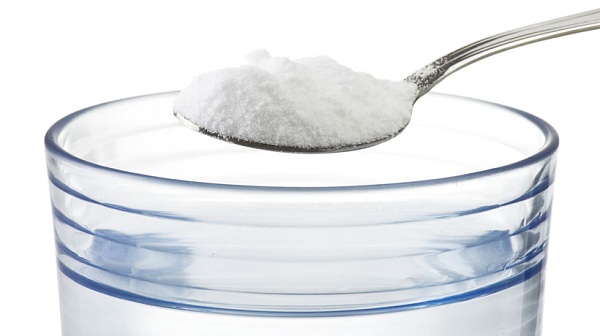
Mucus and congestion can be relieved with just salt water as the warm water soothes irritation and the salt destroys bacteria that might cause the infection. A good ratio is a quarter teaspoon salt in a normal glass filled with warm water. Gargle the solution a few times daily.
8. Increase Humidity
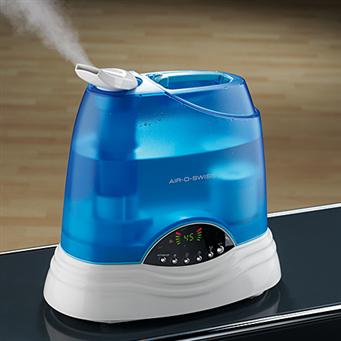
Increasing the moisture in your home’s air can also thin the mucus in your nose out as well as the phlegm within your chest.
You can choose a humidifier with warm or cool mist, although most experts suggest cool-mist ones. These are safer (especially for those with pets or children) and cheaper to operate as they use less energy. Just be sure to keep the machine clean as using it with mold or bacteria inside will worsen your phlegm. To take care of the humidifier, wipe it down daily with vinegar, tea tree oil, and water.
9. Know What Foods and Irritants to Avoid
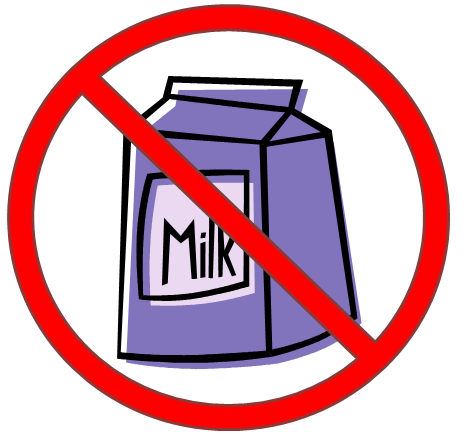
Unfortunately, part of how to get rid of phlegm is avoiding foods that produce mucus as well as other irritants. Some of the evidence pointing the finger at dairy and milk is debated, but the general advice is to avoid these items. Experts believe it is due to the high-fat content of milk which makes mucus thicker.
You should also avoid soy products like tofu, tempeh, and soy milk as they can make your mucus more viscous, leading to increased buildup in the chest. It should be fine to eat these items again when you are healthy.
In addition to avoiding those foods, stay away from smoking as it will irritate your throat, cause congestion, and worsen respiratory infection. Additionally, avoid irritants like paints or strong chemicals which can irritate the throat and nose and worsen mucus production.
When to Go to the Doctor
There is no concern if you occasionally experience thick or excess phlegm. It may be more noticeable in the morning as it built up and dried while you were asleep but should flow fine by afternoon. The amount of phlegm can increase when dehydrated, sick, or experiencing seasonal allergies.
If your uncomfortable phlegm becomes chronic, you should consider visiting your doctor as a medical condition may be causing it. Some possible causes include cystic fibrosis (although it is usually diagnosed when younger), asthma, allergies, acid reflux, chronic bronchitis, or other lung diseases.
You should contact your doctor if you have been experiencing the phlegm for over a month or experience wheezing, chest pain, shortness of breath, or coughing up blood.